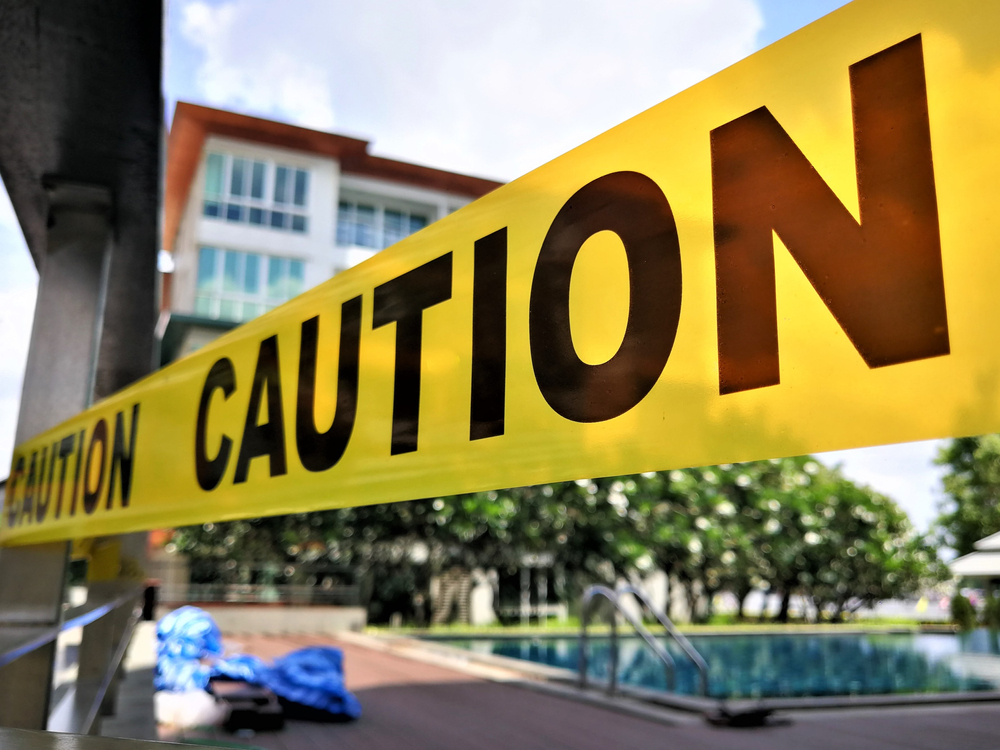Owners must ensure their property is safe for anyone who lawfully enters their premises. If you were an invitee or a guest who was injured on another’s property due to their negligence, you may be entitled to file a personal injury lawsuit based on the theory of premises liability. While there are a variety of defenses a property owner might assert, you might be wondering whether you can still recover compensation if a warning sign was posted. It’s important to know, however, that a warning sign does not automatically protect an owner from liability for failing to remedy a dangerous condition on their property.
What Is Premises Liability?
Premises liability refers to the area of personal injury law that holds another person responsible for injuries that arise due to an unsafe condition on their property. Many different types of accidents can fall under the category of premises liability, including slip and falls, trip and falls, and accidents involving elevators, stairwells, ceiling collapses, inadequate lighting, negligent security, and many other scenarios. But it’s vital to understand that to hold a property owner liable for any injuries suffered, negligence must be established.
When Can an Owner Be Held Liable for an Accident on Their Property?
If a property owner fails to take reasonable steps to ensure those who legally enter the premises are safe from hazardous conditions, they can be held liable for injuries that arise as a result. Notably, a property owner has a duty to inspect their property reasonably — if they knew about a dangerous condition on their premises and failed to make timely repairs or warn about it, they may be liable for negligence if an injury occurs.
However, a property owner doesn’t always need actual notice about a hazard on their premises. They can also be held liable if they have received constructive notice of a dangerous condition. This means they should have known about a hazard on the property through reasonable inspection.
Can You Sue If the Property Owner Had a Warning Sign?
While a property owner has a duty to warn, placing a sign or cone near a hazardous condition — or roping off the area — does not always protect them from liability. Critically, the warning must be one that is deemed effective. When it comes to evaluating the effectiveness of a warning sign, the following questions might be considered:
- What type of warning was given?
- How close to the hazard was the sign or other warning device?
- How was the warning spoken or posted?
- Was the warning sign understandable?
- Was the warning sign visible?
If a warning sign was not near the hazard or visible, other considerations in determining the outcome of a premises liability case could include whether the hazard existed for an unreasonable amount of time and whether the property owner had sufficient time to remedy it. It’s essential to thoroughly investigate a premises liability matter by assessing the accident scene, evaluating any security camera footage, and speaking with any witnesses who saw the accident as it happened.
Contact an Experienced New York Personal Injury Attorney
Premises liability cases can be complex. If you were injured on someone else’s property, it’s critical to have a personal injury attorney by your side to ensure you obtain the compensation to which you’re entitled for your economic and non-economic losses. The Dearie Law Firm, P.C. has represented accident victims for over three decades and provides adept advocacy to secure the best possible results in each unique case. Contact us today for a consultation.

